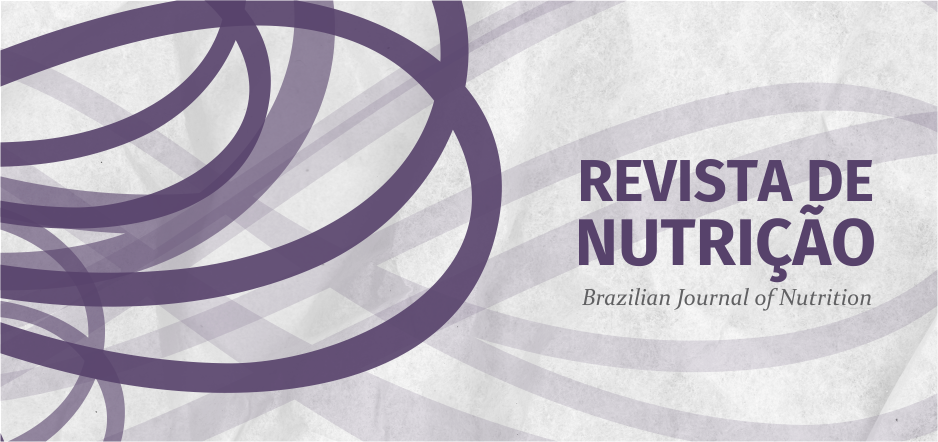OBJECTIVE: To estimate and compare the different alternatives of feeding regimens available for infants in the first year of life, considering the limitations of each option in relation to a feeding regimen adequate for the infant's growth and development and also for the family budget. METHODS: In the first year of life, four alternatives of feeding regimens were calculated, in accordance with the current recommendations for the introduction of new foods for infants. The proposed costs were considered for the monthly consumption of such feeding. The resulting values were determined by the arithmetic mean of the best prices of foods quoted in each of two supermarket chains and a local market of the south zone of São Paulo city during a period of six months (January to June, 2004). RESULTS: From the calculation of the percentage cost in relation to breastfeeding plus supplementary feeding, it was observed that the use of infant formula represents a cost 3.3 times higher, and the use of cow milk 1.7 times higher than the value of breastfeeding, thus showing that the recommendation for the use of infant formula cannot be adopted by the majority of the Brazilian population due to income limitations. CONCLUSION: The development of a formula with the necessary nutrients for the infant's growth and development on the same patterns of generic medicines could be a dietary option. Such a product, costing approximately R$10.00/kg would be twice as cheap as the formulas currently available in the market.
cost analysis; economic indexes; infant; supplementary feeding




